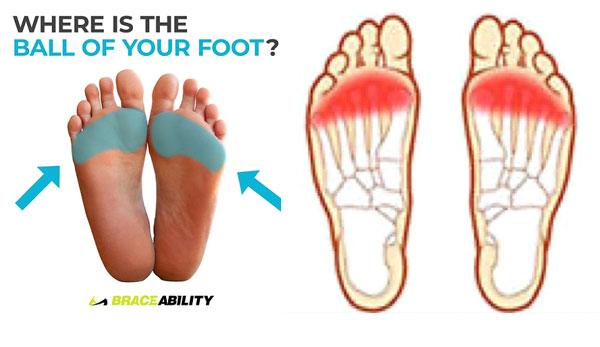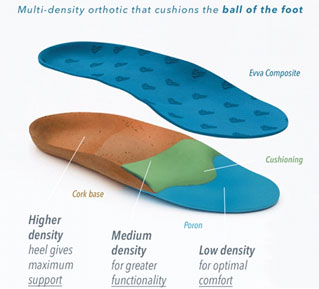

Metatarsalgia is a painful condition affecting ball of foot. Usually it presents with sharp aching or burning pain at ball of the foot which worsens when stand, walk or run for long and improves after rest. One can also feel numbness and tingling of toes or having pebbles inside shoe. Truly it is a symptomatic representation of different fore foot condition and systemic disease rather than a specific disease. Ball of the foot anatomically represents head of the metatarsals. Metatarsals are the long bone of foot which form the major part of foot arch and take part in transferring body weight to ground.

Getting a diagnosis for the cause of metatarsalgia is one of the difficult situations in foot & ankle. It requires an extensive evaluation of patient symptoms, clinical examination to gradually rule out systemic inflammatory condition, obvious foot deformity, provoking activity, faulty foot wear and gait anomalies. After initial evaluation the required basic radiological imaging is weight bearing x-ray of foot both in A/P and lateral plane to evaluate anatomical anomalies, deformity and other conditions of metatarsophalangeal area. Foot pressure analysis and MRI plays addition role in determine abnormal weight distribution, joint and soft tissue inflammation and other neurological condition of the pain.
Basic treatment starts at home with cold pack, rest, changing foot wear. Off-loading the ball of foot with metatarsal bar, custom made insoles plays a great role in symptomatic relief. Surgical treatment is required when there is underlying predisposing factors like, hallux valgus, hammer toe, claw toe, AVN of metatarsal head and tight gastrocnemius is there. Surgical correction of toe deformity, length adjustment of metatarsals, release of tight extensor and gastrocnemius tendon are the common procedures.

